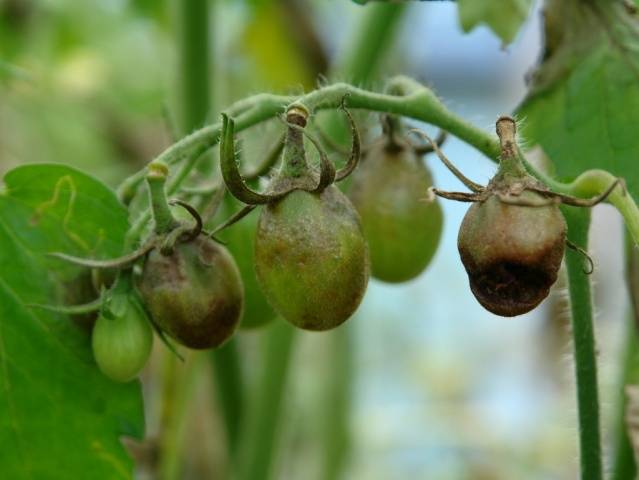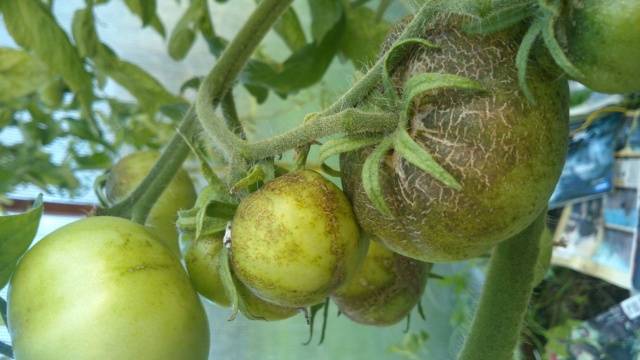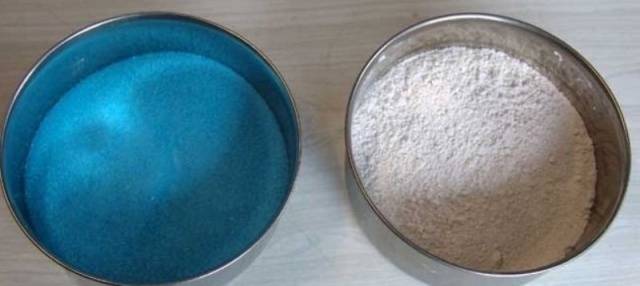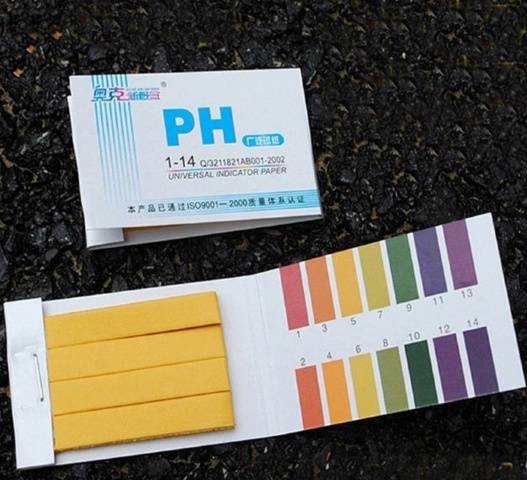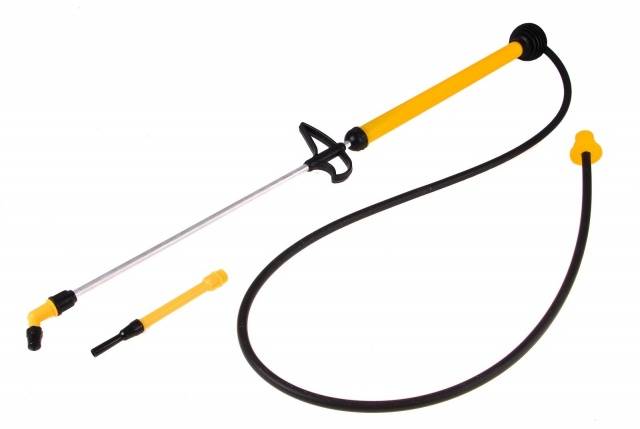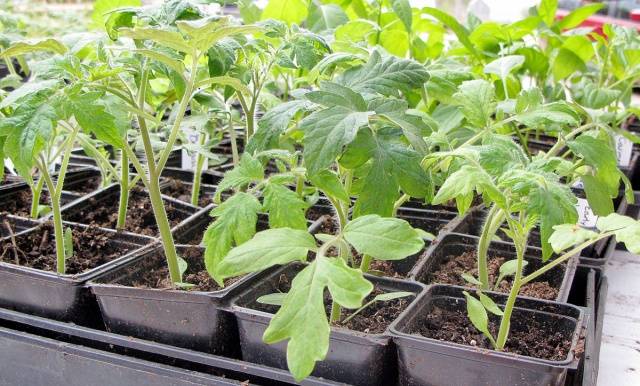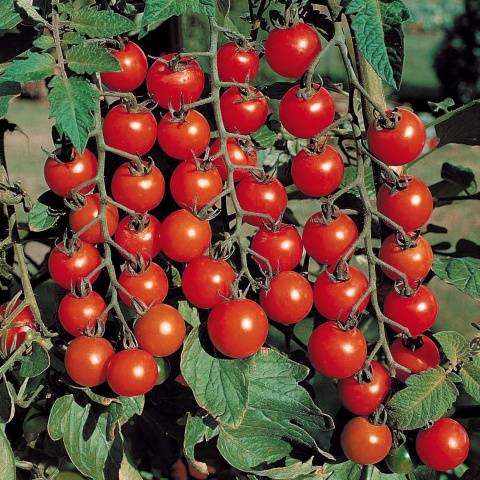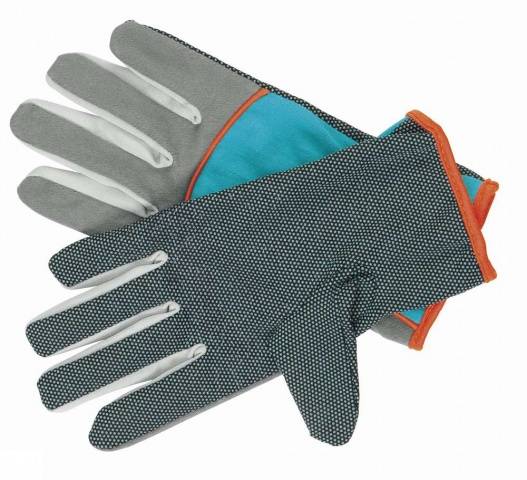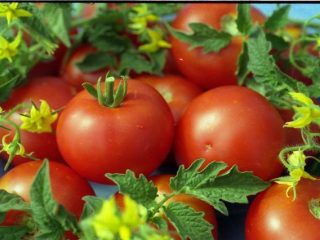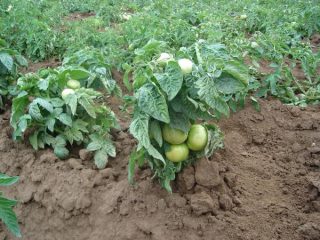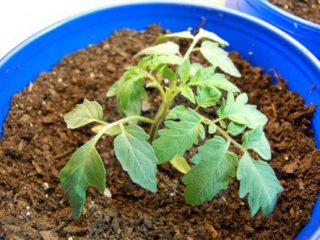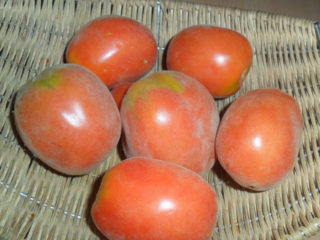Content
Tomatoes are crops that are susceptible to fungal diseases. The most effective method of combating such lesions is Bordeaux mixture. It can be made at home with mandatory adherence to technology. At processing tomato using Bordeaux mixture, it is important to adhere to safety measures.
When to use the solution
Bordeaux mixture is used to combat late blight, streak, and brown spot. These diseases are spread by a fungus that affects tomato leaves, stems, root systems, and ripening fruits.
Late blight has the following manifestations:
- the appearance of wet spots on the foliage, which become darker over time;
- on the other side of the sheet there is a white coating;
- subsequently the tomato leaves dry out;
- the fruits acquire a brown tint and become unsuitable for consumption.
In case of late blight, immediate action must be taken to use Bordeaux mixture, since the disease quickly affects other seedlings.
Streak is another dangerous disease that can affect the entire plant. It is diagnosed based on a number of signs:
- presence of brick-colored spots on tomatoes;
- the plant develops more slowly and withers;
- Rot and yellow spots appear on the fruits.
Tomatoes growing in a greenhouse are susceptible to brown spot. The disease is determined by the following symptoms:
- light-colored spots appear at the top of the seedling, which grow and turn brown;
- Brown spots form on the lower part of the plant.
Bordeaux mixture is used by spraying tomatoes. Due to the high toxicity of the resulting substance, it is necessary to follow the procedure for its preparation and further use.
The solution helps in the prevention of viral diseases of tomatoes. At the same time, the established proportions and manufacturing technology are observed.
Component calculation
When preparing the solution, the proportions must be strictly observed. The most commonly used mixture is a Bordeaux mixture with a concentration of 0.75% and 1%.
The sequence of actions to obtain a solution of any type is identical. Only the proportions of the constituent substances change.
The 0.75% solution of the drug includes:
- 10 liters of water;
- 0.075 kg of copper sulfate;
- 0.1 kg quicklime (CaO).
For a 1% solution you will need:
- 10 liters of water;
- 0.1 kg of copper sulfate;
- 0.15 kg quicklime (CaO).
Where to find components
Copper sulfate and quicklime can be purchased at specialized gardening stores. Substances are supplied packaged in bags. It is best to immediately buy the required volume, which can be immediately used to prepare Bordeaux mixture.
Quicklime has a crystalline structure. It is obtained after burning limestone rocks. Lime requires caution when working, as it has a second safety class.
Copper sulfate comes in the form of bright blue crystals. If the shelf life of the powder exceeds two years, the solution will not have the necessary effect. It should be stored in a cool, dry place, protected from the sun.
What is needed for the solution
To obtain a solution of Bordeaux mixture, you need to prepare in advance:
- two containers (5 and 10 l);
- sieve;
- gauze for straining;
- a nail or any other metal object;
- kitchen scales, if components are purchased in larger quantities;
- wooden stick for mixing the solution.
To mix the components, containers made of glass, wood, and plastic are used. It is allowed to use enamel cookware without chipping.
Cooking procedure
How to dilute Bordeaux mixture is described by the following procedure:
- Pour 1 liter of hot water into a five-liter bucket.
- Dilute copper sulfate in water in the required quantity.
- Stir the mixture thoroughly with a stick, add cold water to completely fill the bucket.
- A 10 liter bucket is filled with 2 liters of cold water, after which quicklime is added.
- To remove the lime, mix the mixture well. Due to the interaction of CaO and water, so-called milk of lime is formed.
- Pour cold water into the second bucket up to half the volume.
- From the first bucket, carefully pour copper sulfate into a container with lime milk.
- The quality of the solution is checked. The result is a turquoise-colored solution without flakes or impurities.
- The solution is filtered through gauze folded in several layers. A fine sieve is suitable for these purposes.
- Diluted Bordeaux mixture can be used to process tomatoes in a greenhouse.
The order of preparation of the mixture must be followed in the specified sequence. If the technology is violated, the solution will not only lose its properties, but can also become dangerous for tomatoes.
During the work it is strictly prohibited:
- add milk of lime to the mixture with vitriol, then the resulting product will be ineffective;
- mix the ingredients dry and then add water;
- use substances of different temperatures (they must be equally cold).
Quality checking
If the proportions and technology are correctly observed, Bordeaux mixture has the following characteristics:
- consistency resembling a suspension;
- bright blue color;
- reaction to the addition of alkali.
If the product has high acidity, the leaves of the plants will be damaged. As a result, a yellow net appears on the tomatoes, or the fruits crack. If the alkaline reaction is pronounced, then the drug will not stay on the green parts of the plants.
The presence of sediment in the solution, which is formed when there is an excess of lime, is allowed. This usually happens when the proportions are out of balance. Precipitation does not affect the properties of Bordeaux mixture, and this solution is completely ready for use.
You can check the acidity of a solution in the following ways:
- litmus paper (should not change color);
- phenolphthalein paper (turns crimson).
If a red copper coating does not appear on the item, then everything is prepared correctly. Then additionally dilute the solution with lime milk.
Application procedure
Bordeaux mixture evenly spraying tomatoes in a greenhouse. To do this, it is recommended to choose a special sprayer with a small tip.
When choosing the time for work, two nuances are taken into account:
- the procedure is not carried out if there are plants near the treatment site that are ready for harvest in the next 2-3 weeks;
- if there are 2 weeks left before the tomatoes ripen, the solution should not be used;
- treatment is delayed during flowering and fruit formation of the plant.
Parts of the plant on which signs of the disease have appeared are treated with Bordeaux mixture. The solution should evenly cover the leaves and stems of the tomatoes.
During the work, you need to ensure that the solution does not come into contact with the skin. In the future, before eating tomatoes, they must be thoroughly washed.
The processing intensity is as follows:
- the total number of procedures per season should not exceed four;
- to treat tomatoes, use a 1% product or solution with a weaker concentration;
- the procedure is carried out three times with a break of up to 10 days;
- When a disease appears on tomato seedlings, they are treated 10-14 days before planting in a greenhouse or soil.
Main advantages
The use of Bordeaux mixture solution has a number of undoubted advantages:
- high efficiency;
- suitable for combating a wide range of tomato diseases;
- duration of action up to 30 days;
- the quality of the treatment is monitored (after the solution hits the plant, its parts acquire a blue tint);
- the solution remains on tomato leaves even after watering and rain;
- availability in gardening stores;
- safe for insects that pollinate tomatoes.
Main disadvantages
When using the solution, you need to take into account certain nuances:
- the need to comply with the proportions of substances and spraying technology;
- there is still a possibility of tomato fruits falling off after treatment;
- with repeated spraying, the soil accumulates copper, which negatively affects the growth of tomatoes;
- in case of an overdose, tomato leaves are damaged, fruits crack, and the development of new shoots slows down.
Security measures
To prevent chemicals from causing damage to the soil and the health of the gardener, the following precautions must be taken:
- when interacting with the mixture, protective equipment is used (rubber gloves, respirators, goggles, etc.);
- when using the solution, smoking, eating or drinking is prohibited;
- treatment of tomatoes with Bordeaux mixture is not carried out immediately before harvesting tomatoes;
- After work, you need to thoroughly wash your hands and face;
- Children and animals should not be present during the procedure.
If such symptoms appear, you need to call an ambulance.If the substance enters the body through the respiratory tract, then diuretics and antipyretics are taken.
If the solution comes into contact with the skin, the affected area is thoroughly washed with water. In cases of poison entering the body with food, the stomach is washed and activated charcoal is taken.
Conclusion
Bordeaux mixture is an effective means of combating fungal infections of tomatoes. Its preparation takes place strictly according to the recipe. The solution is suitable for use in greenhouse and outdoor conditions. The resulting mixture is toxic and therefore requires precautions. The solution not only helps to cope with tomato diseases, but also serves as a means of preventing them.

